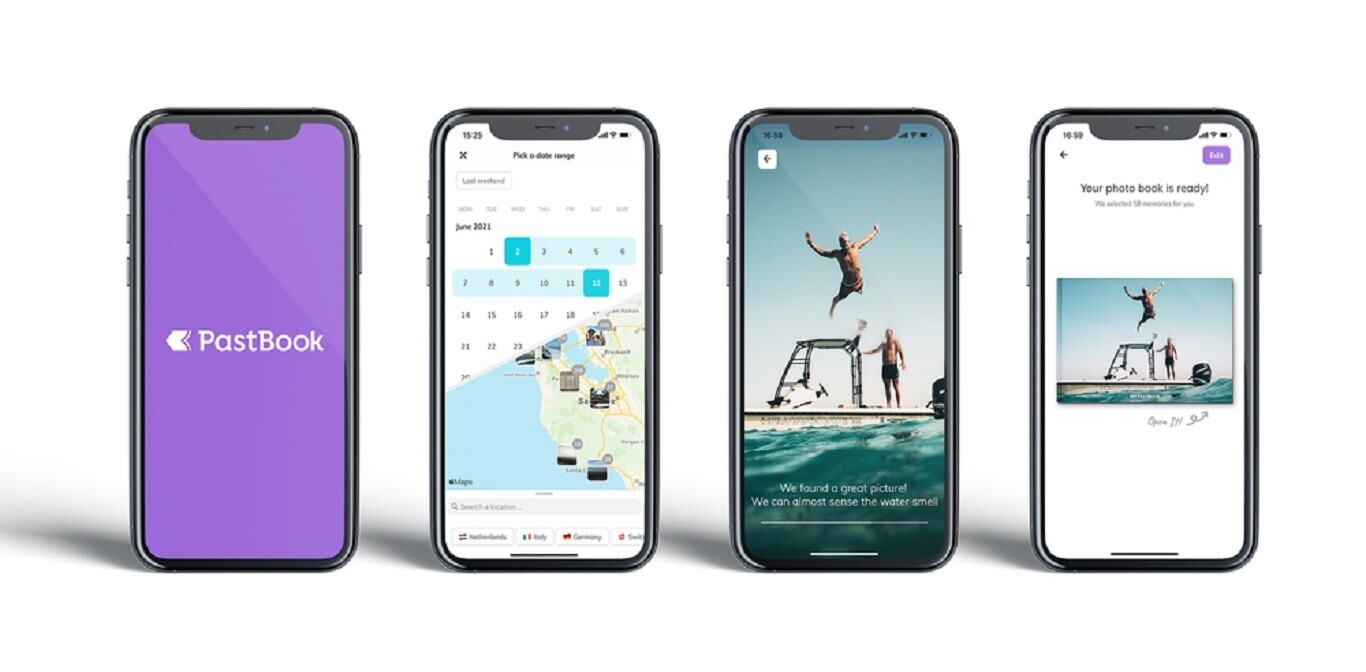
If you’re selling Software-as-a-Service (SaaS), you could do worse than follow the example of tech giants like Slack, Dropbox, Survey Monkey, Altassian, etc. These super-successful companies have done awfully well with a “product-led growth” approach, and it makes sense to emulate them. I’m not too proud to say my team cribbed off their playbook, as we managed to recently sail past 1,000 enterprise clients for our own SaaS solution by doing so.
I believe the reason why this approach is working so well for tech ventures is a simple one: It’s about recognizing reality. The customer is now in charge of the buying process. Their journey does not start with the company website: A recent 2018 Demand Gen survey showed 65 percent of buyers rely more on peer recommendations and review sites — a huge increase from just 20 percent in 2012. It’s clear from this change that the future is product-led growth.
So if you’re working on an SaaS product, the choice is simple — get on this bus, or get off the road.
The firestarter for product-led growth? Freemium
With product-led growth, you start selling without doing the whole drawn-out demo, endless sales meetings and high-pressure sales conversations over the phone. Customers don’t want it — which means it’s a waste of your time, too.
Instead, take advantage of human nature. We know people like free stuff. They want to try before they buy, whether it is clothes, clip of a song before buying the full album, or software.
[Read: Not ready to go public? That’s the perfect time to think about going public]
So, you want to offer a freemium version of your software product with enough functionality to prove your solution works — and you want to make it fast and painless to sign up.
The way my team and I did it? For a user to get started with our freemium version, all we need is for the user to sign in with their Microsoft Office 365 email address. This is how we achieved over 125,000 users and over one thousand paid enterprise customers in less than three years.
And of course, freemium is a means to an end. To get paid, you do want your customers to move from freemium to paid version quickly. I have to admit we learned that the hard way.
Initially, the only way to try our full-functionality software was to upgrade from the freemium dashboard. This was our mistake. We were not giving enterprise customers a way to assess the freemium edition and enterprise edition side-by-side on the website and go straight to the enterprise edition trial if they so chose.
In order to fix this, we tested placing the freemium and enterprise software sign in information on side-by-side tabs — and it worked! The percentage of customers starting with the trial for the enterprise version jumped up 10 percent in 30 days.
That’s why I suggest you to ask yourself whether you think it’s already easy enough for customers to buy or upgrade? Reassess and test and implement the simple thing you can add to make it even more seamless.
Go where your customers are looking — even if their behavior isn’t what you might expect
To make more sales happen, we did something totally unnecessary for our products’ functionality. We released another free version of our software.
With this version, it was in the form of a mobile app, to reach users where they were searching (and where they were hurting) on their phones.
It worked. This avenue now accounts for about 30 percent of all our free users. It is also how we obtained our largest customer!
The lesson we learned: Many prospective customers start their journey by searching mobile app stores for a solution to their problem. Today, a mobile app — full or limited functionality — is essential for any software company.
Make the whole user experience frictionless
Your website design should all be about quickly guiding the customer into trying your product. You want to get rid of any hurdle — even ones that marketers of a different era (perhaps as far back as 2015 — I know, ancient times) might think are essential. Product-led growth really means putting the product first, above any marketing needs.
For example, requiring a credit card (or contract) is a friction point, particularly for a freemium version. This can also cause resistance for software trials. Many people are simply not willing to give their credit card to try a product — I mean, are you?
So, our website makes it crystal clear in multiple locations: You do not require a credit card. There’s no contract to get started with our freemium or full-functionality software trial — and I advise you to do the same.
The messaging on your site needs to have that frictionless quality as well — for wherever your customers come from. Testing pages on our website, we realized that most of our customers were starting their journey on our website with our pricing page.
By reducing the amount of content on the page, simplifying the process, and working to make it more user friendly, we saw over a 10 percent reduction in bounce rate, which resulted in more sales.
More generally, we showcase our product’s value proposition in easily understood ways, so customers can take action right away, step-by-step. When they’re ready to pay, take them through the sign-up/checkout process with minimal hurdles. Ensure pricing is clear and uncomplicated — and they can do it instantly.
Pro tip: Offer stellar free support 24/7 via email, phone calls, and online meetings; this is a key differentiator for successful companies.
For small companies, you will need to be creative to build a good customer success team. We have built our customer success team using remote worker job sites and it works well for us. In fact, the expertise of our customer success team is appreciated repeatedly in customer reviews of our product.
Use social proof to give customers the confidence to buy from you
More than ever, customers want to see testimonials on your website and third-party sites plus case studies with simple proof points that other customers have used your software to solve their problem. If those testimonials are in video format — real people, saying really nice things about you on camera, all the better.
Initially, our freemium sign-up page did not include a customer testimonial — boy, was that a mistake. Adding a testimonial (and even better, showing in big-font numbers for how many customers you have) can reassure the customer. They’ll get the idea that your product solves the problem for many others and can work for them. It can even create a sense of urgency.
By going with a product-led growth strategy, companies like ours are seeing huge gains — and that’s only going to get stronger in 2020. So you might want to consider hopping aboard.
Like what you’ve read? On Growth Quarters, we strive to go beyond generic ‘fortune cookie advice’ and learn directly from the people who have ‘walked the walk.’ And this summer, at TNW Conference 2020 in Amsterdam, we’ll take Growth Quarters offline again with a vibrant program dedicated exclusively to sustainable business growth. Listen to keynotes from leaders from the world’s most successful companies and get actionable guidance to help you grow professionally. Get early bird tickets now and learn more about the Growth Quarters track.
Get the TNW newsletter
Get the most important tech news in your inbox each week.





